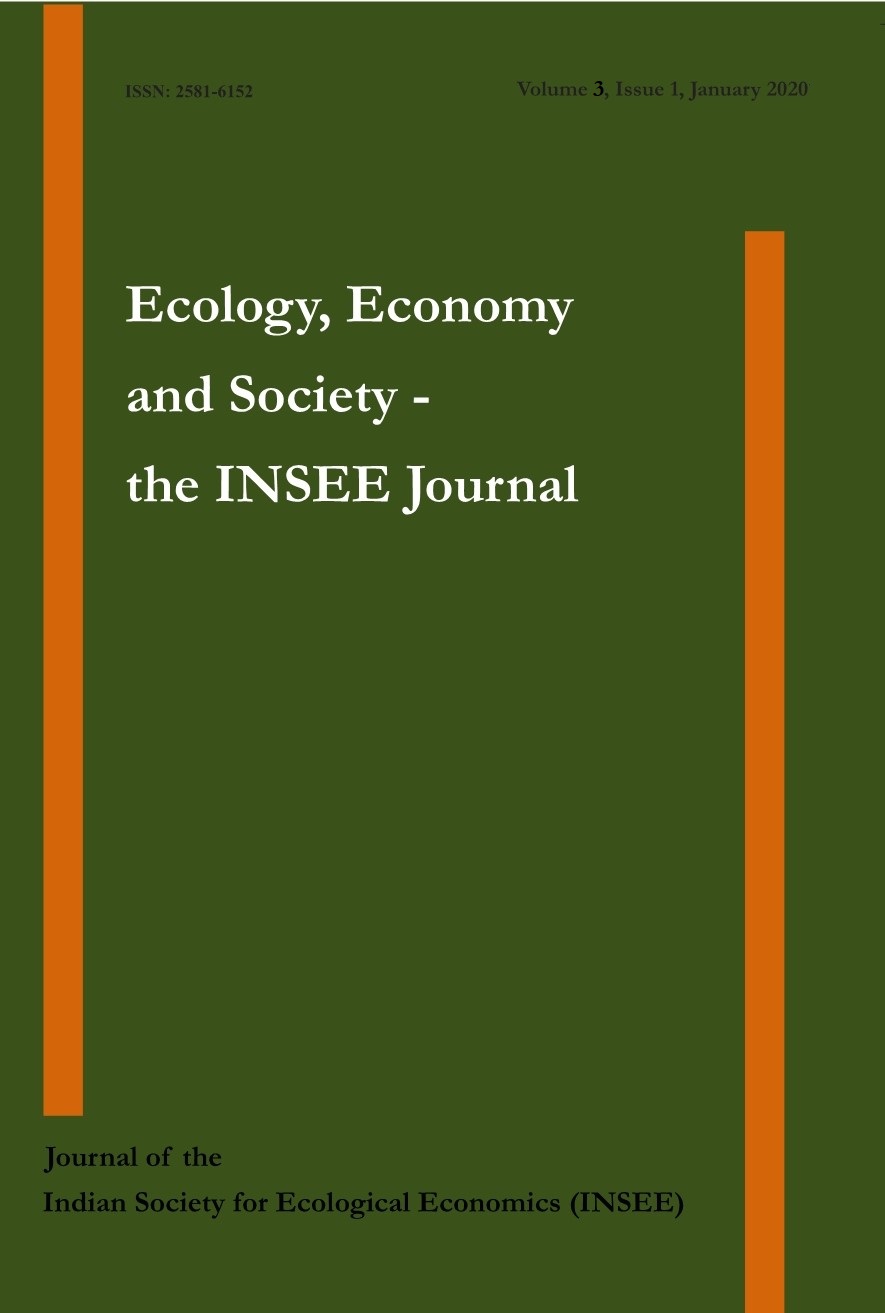Has Economics Caught Up with Climate Science?
DOI:
https://doi.org/10.37773/ees.v3i1.86Abstract
Whereas scientific evidence points towards substantial and urgent reduction in greenhouses gas (GHG) emissions, economic analysis of climate change seems to be out of sync by indicating a more gradual approach. In particular, economic models that use benefit cost analysis, namely, integrated assessment models (IAMs) have been criticised for being conservative in their recommendations on the speed of reducing GHG emissions and the associated levels of carbon taxes. This essay focuses on a prototypical IAM, namely, Nordhaus’ DICE model to argue the schism between science and economics is more apparent than real. Analysis of the DICE model suggests extreme climate scenarios can be captured through alternative specifications of the damage function (the impact of temperature on the economy). In particular, damage functions that extend the standard quadratic representation are highly convex (Weitzman 2012). Thus, they are able to capture climate tipping points as well as “fat tail” risks originating from uncertainty with regard to equilibrium climate sensitivity.
Downloads
Additional Files
How to Cite
Issue
Section
License
Copyright (c) 2020 Shreekant Gupta

This work is licensed under a Creative Commons Attribution-NonCommercial 4.0 International License.
Copyright
The author(s) retain copyright on work published by INSEE unless specified otherwise.
Licensing and publishing rights
Author(s) of work published by INSEE are required to transfer non-exclusive publishing right to INSEE of the definitive work in any format, language and medium, for any lawful purpose.
Authors who publish in Ecology, Economy and Society will release their articles under the Creative Commons Attribution NonCommercial 4.0 International (CC BY-NC 4.0) license. This license allows anyone to copy and distribute the article for non-commercial purposes provided that appropriate attribution is given.
For details of the rights that the authors grant users of their work, see the "human-readable summary" of the license, with a link to the full license. (Note that "you" refers to a user, not an author, in the summary.)
The authors retain the non-exclusive right to do anything they wish with the published article(s), provided attribution is given to the Ecology, Economy and Society—the INSEE Journal with details of the original publication, as set out in the official citation of the article published in the journal. The retained right specifically includes the right to post the article on the authors’ or their institution’s websites or in institutional repositories.
In case of re-publishing a previously published work, author may note that earlier publication may have taken place a license different from Creative Commons. In all such cases of re-publishing, we advise the authors to consult the applicable licence at article level.








 Ecology, Ecoomy and Society--the INSEE Journal is a society run diamond Open Access and Scopus indexed journal.
Ecology, Ecoomy and Society--the INSEE Journal is a society run diamond Open Access and Scopus indexed journal.